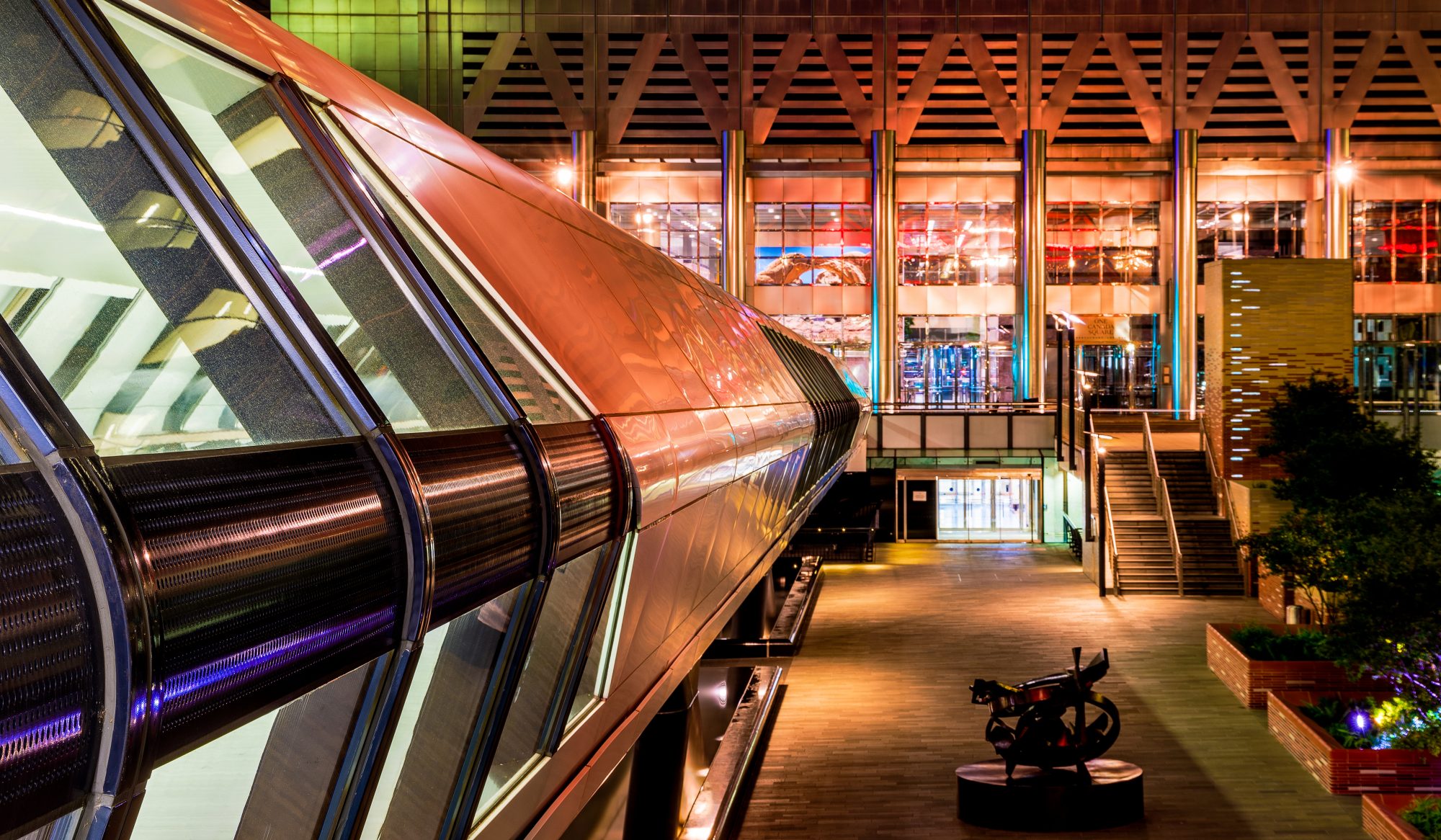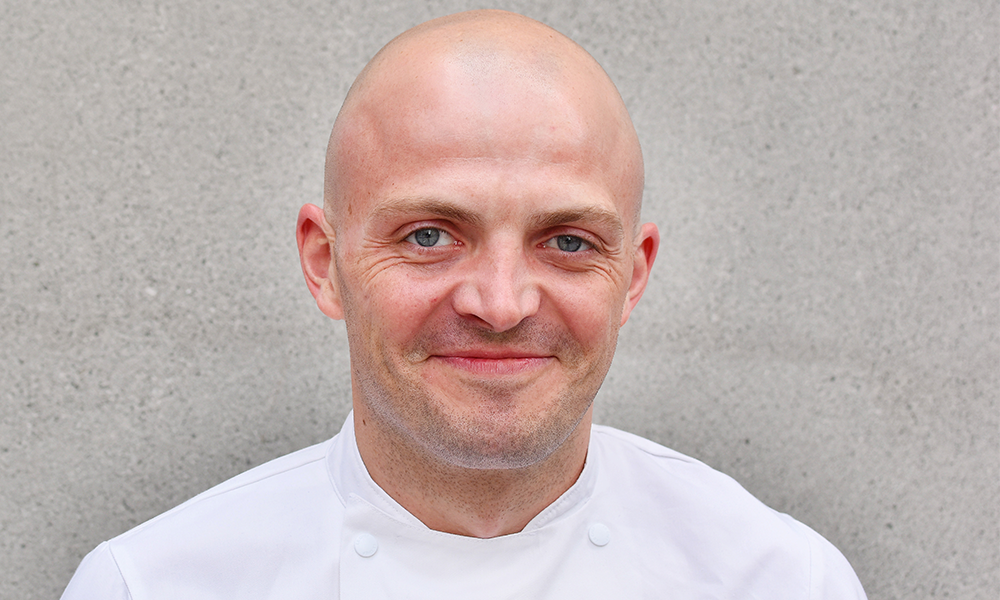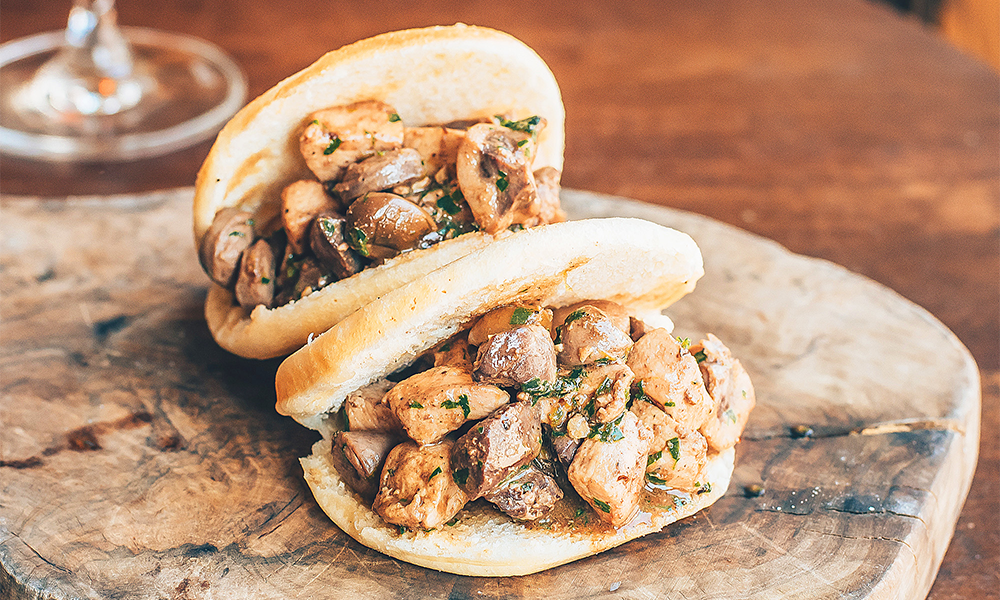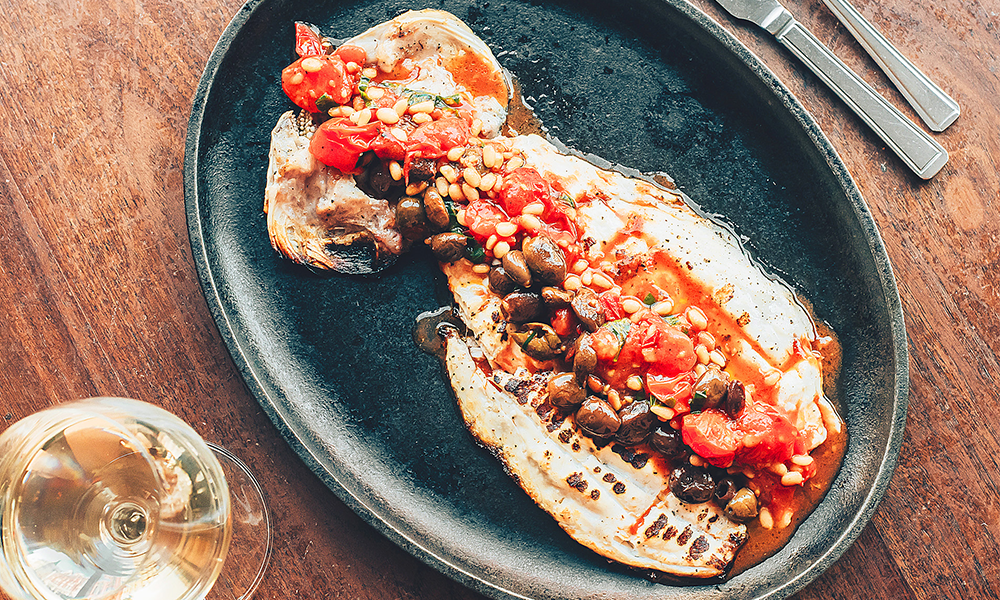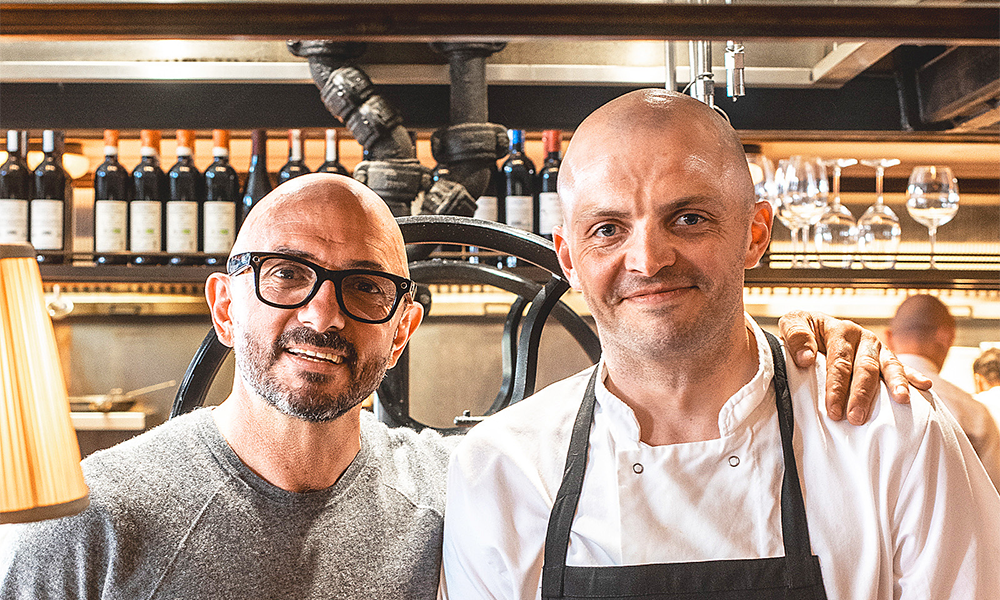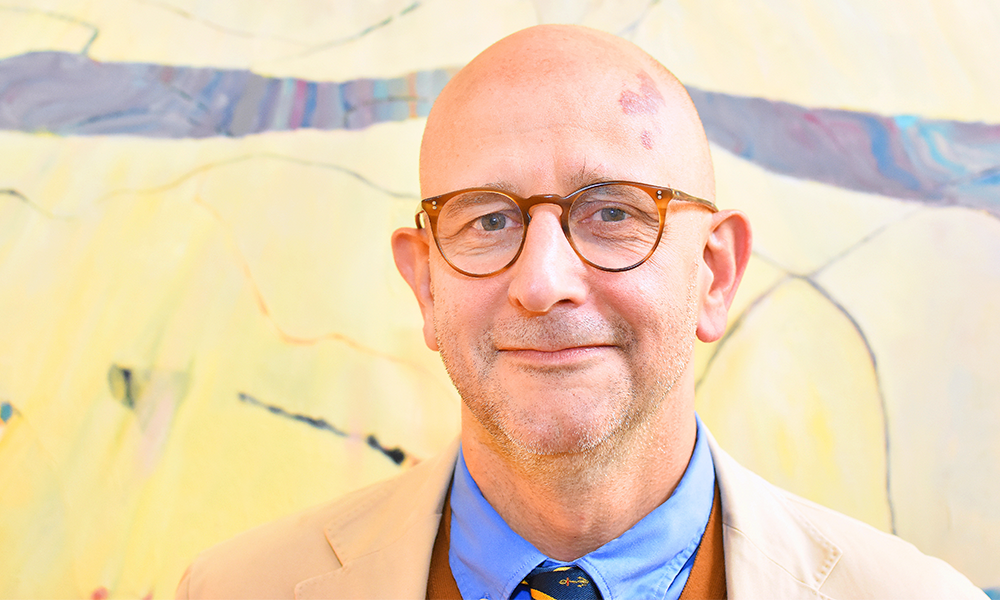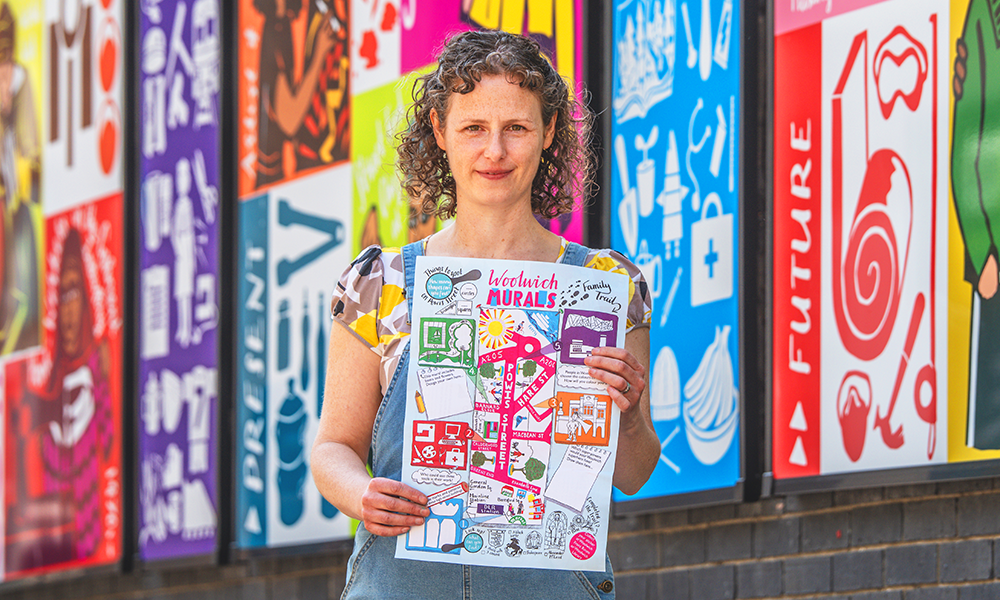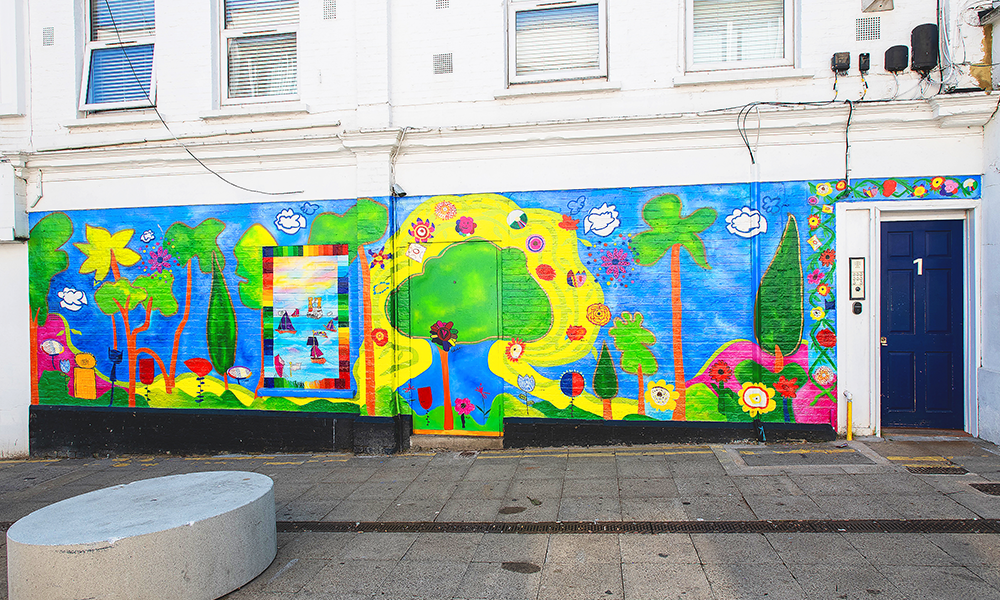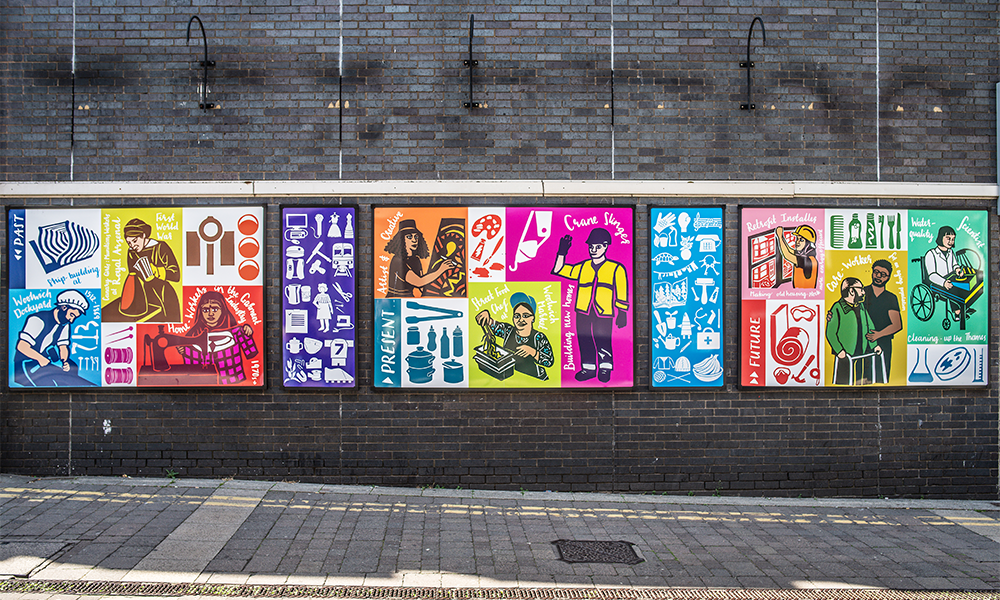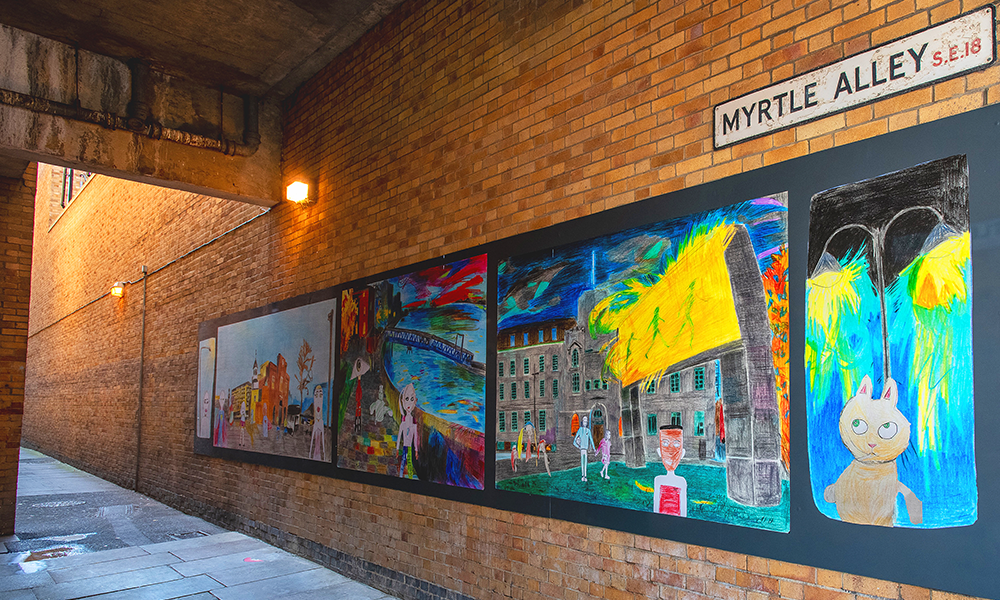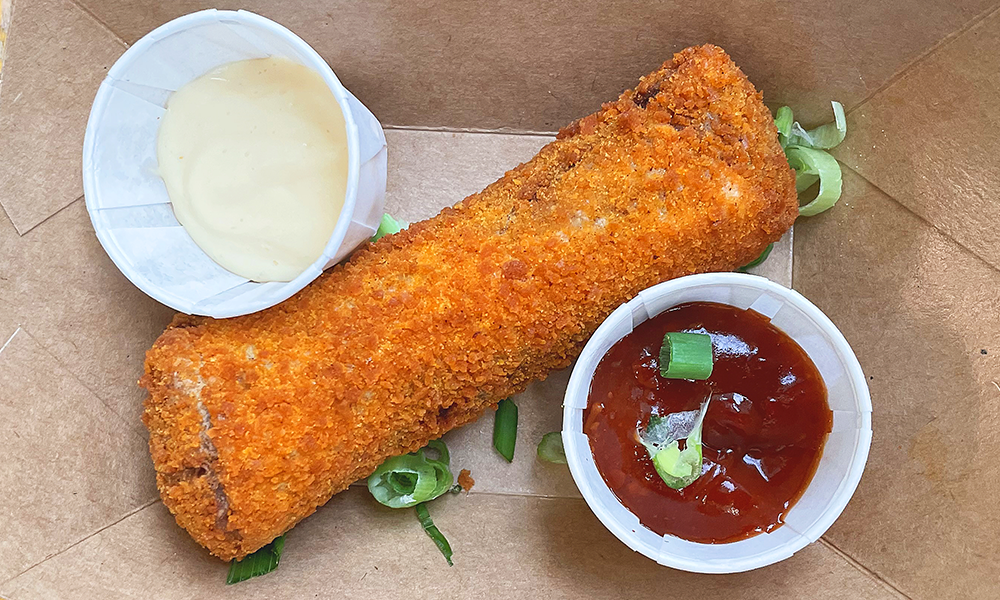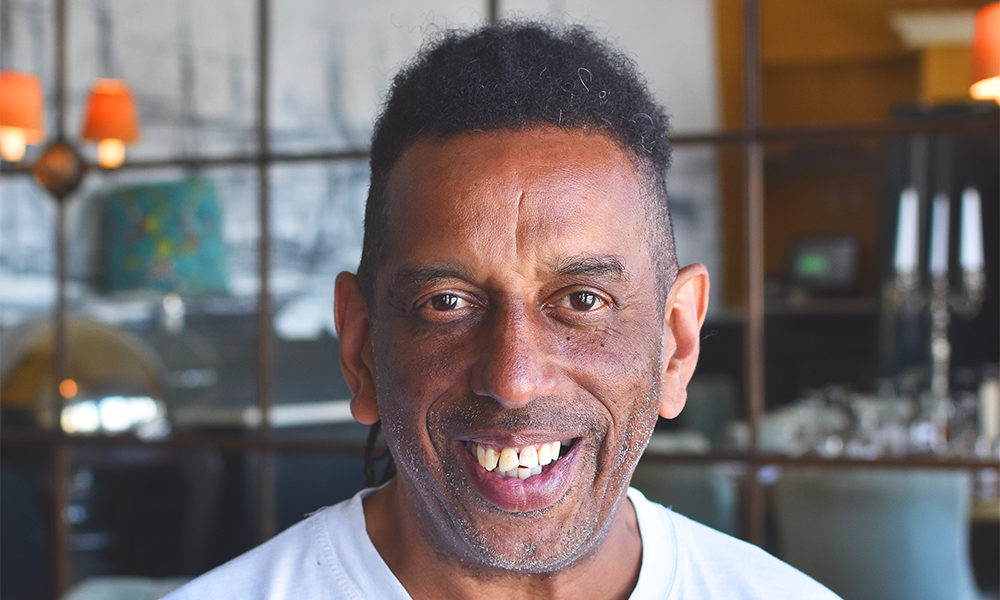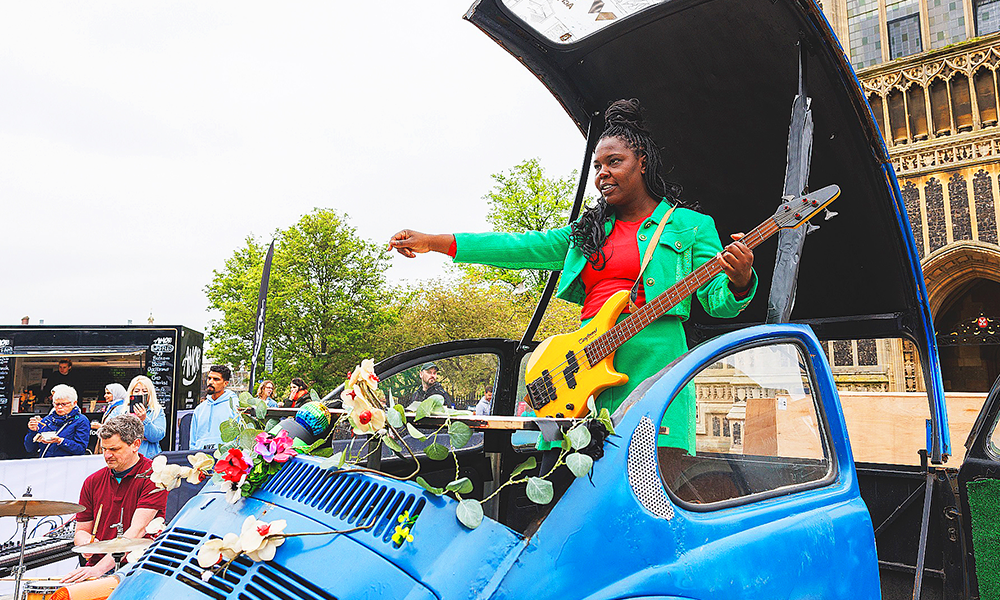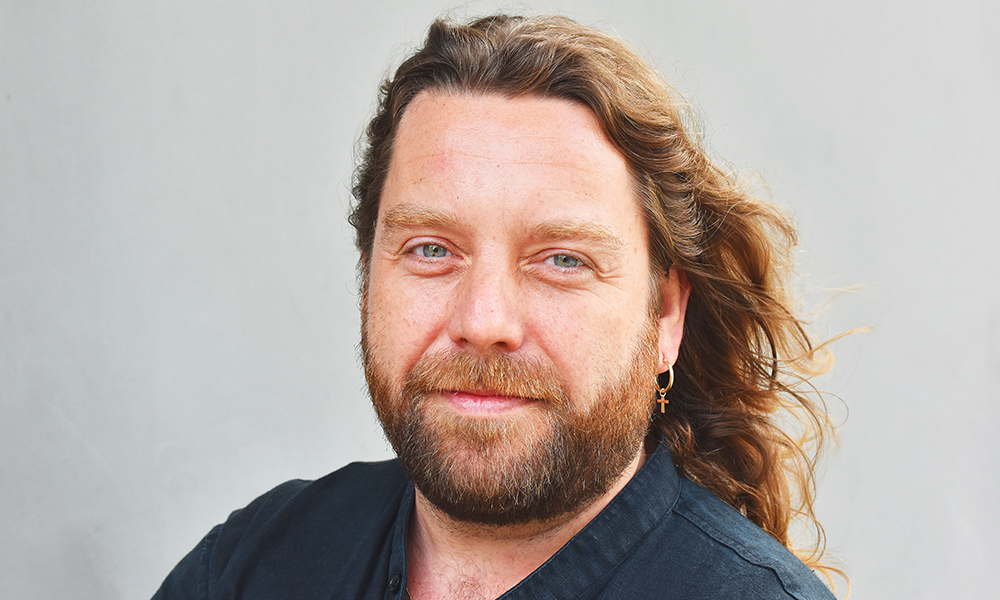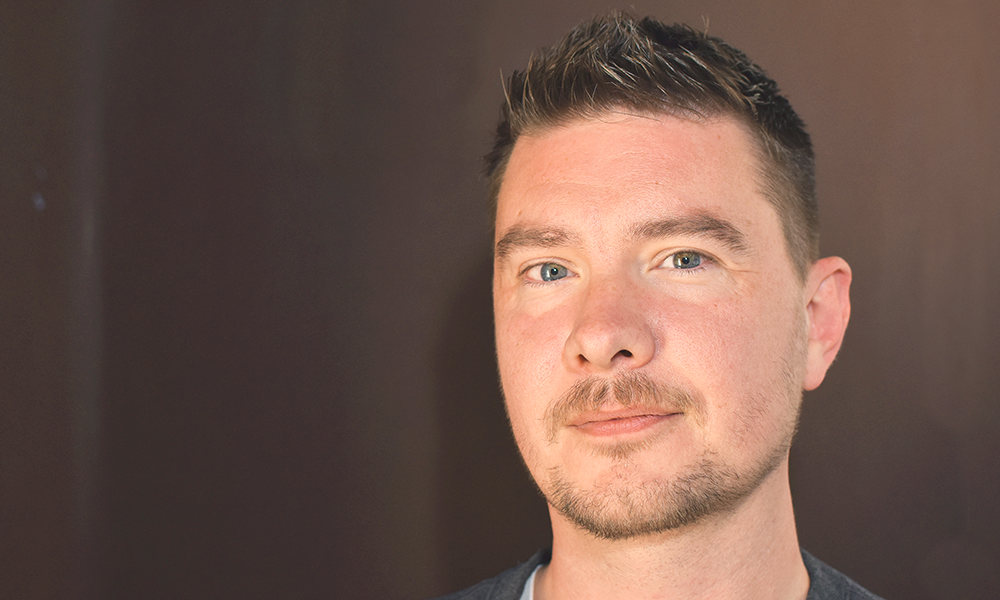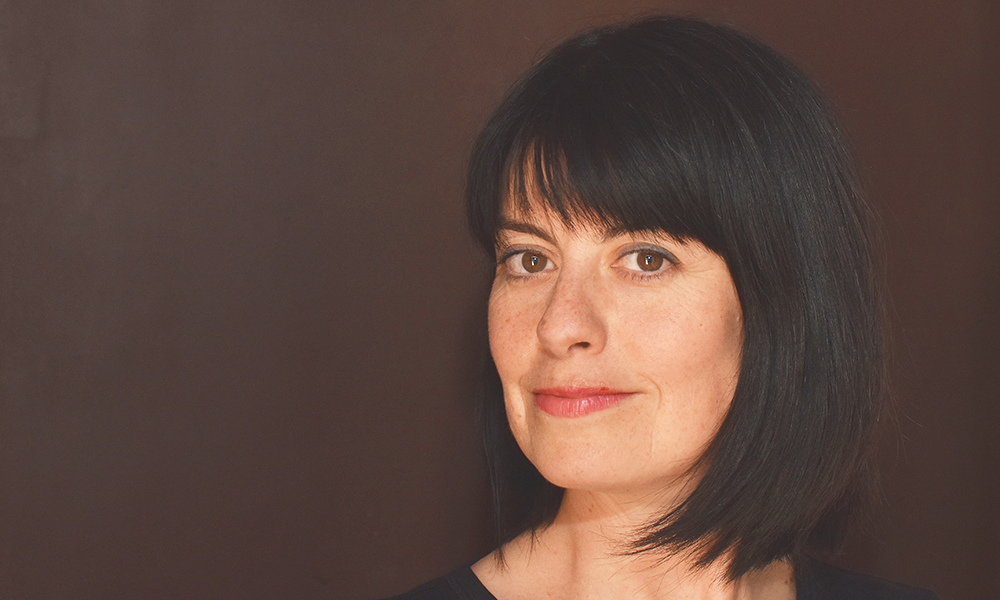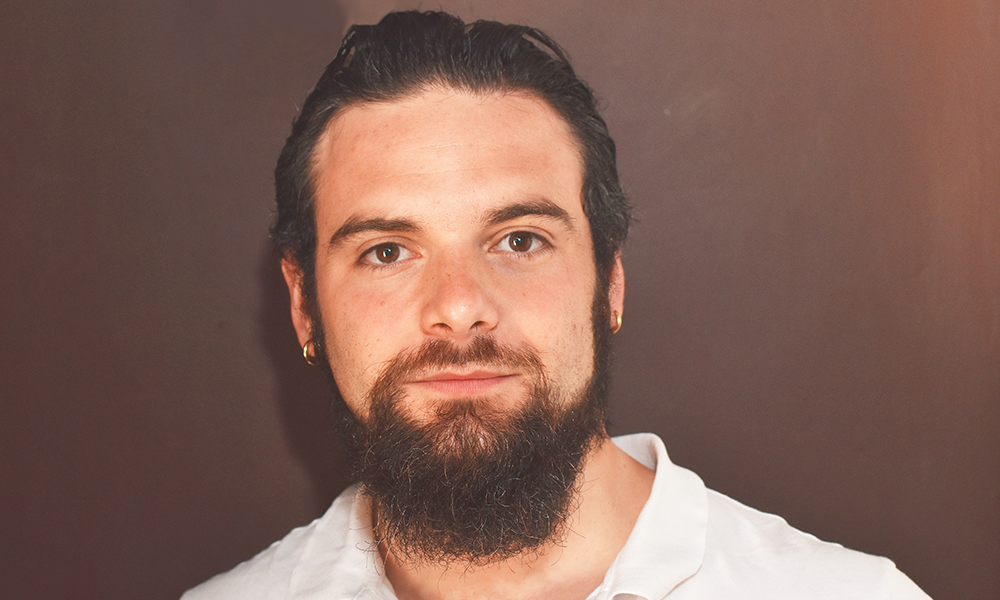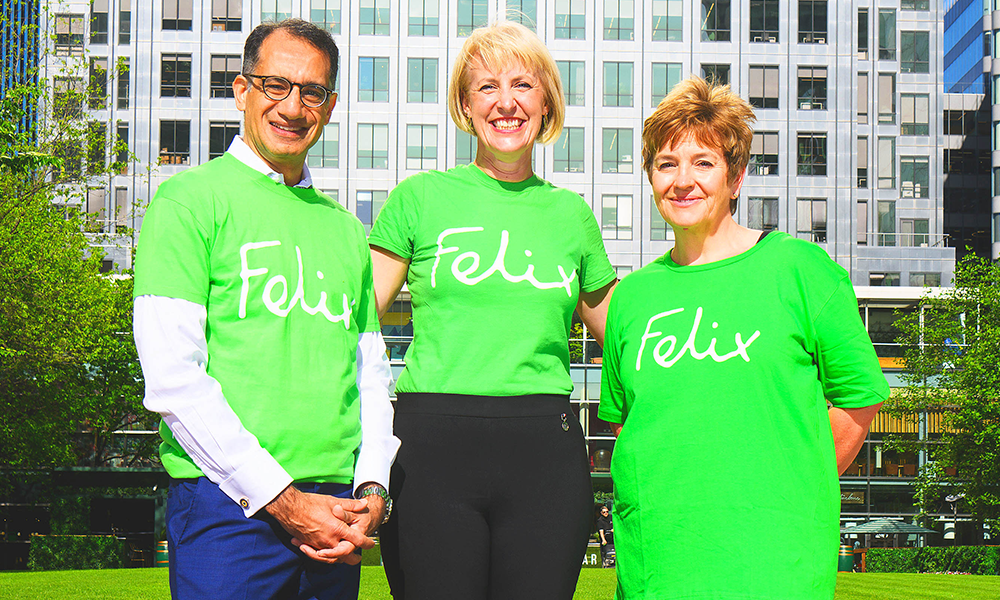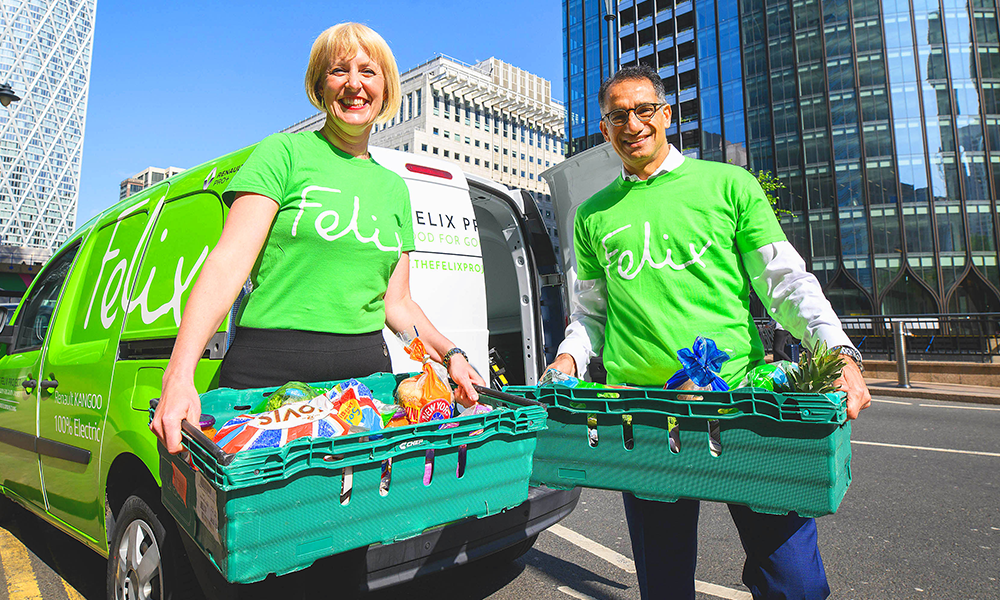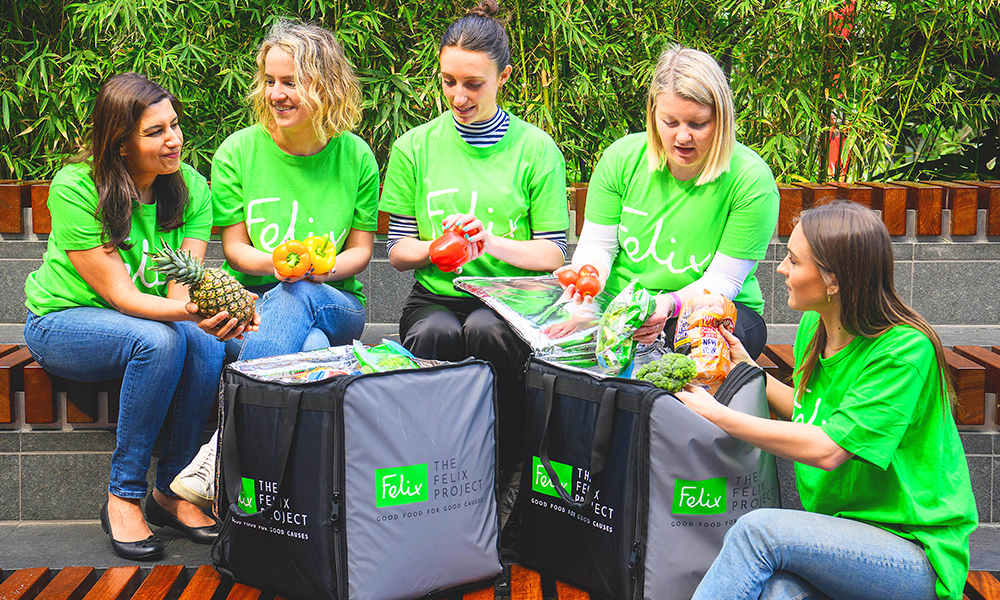Docklands Sailing And Watersports Centre instructor Leila Moore on teaching adults and kids
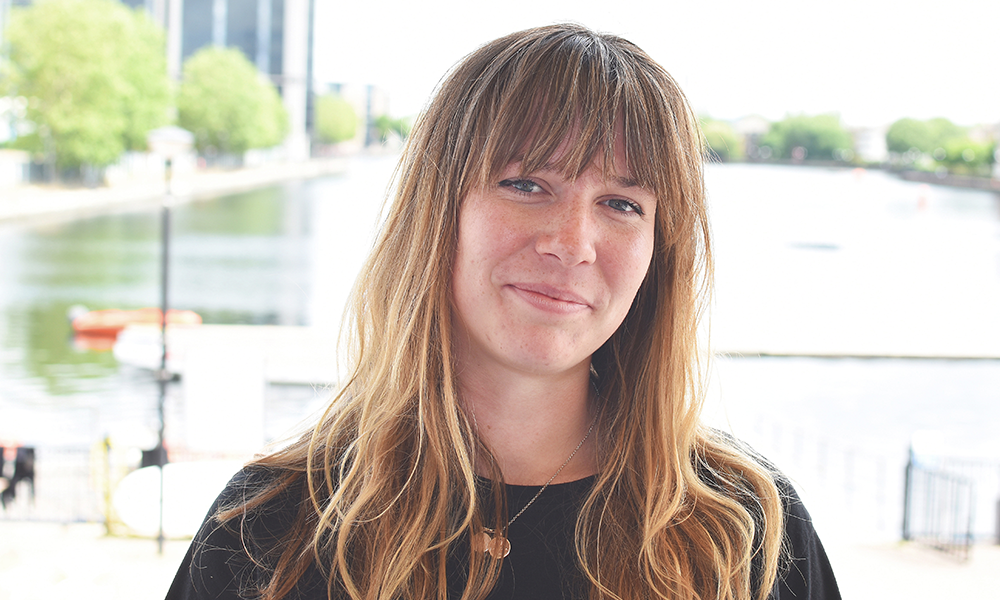
Subscribe to our Wharf Whispers newsletter here
“Anyone can come here – it’s an amazing place to go out on the water whether you’re an adult or a kid,” said Leila Moore, sailing instructor at the Docklands Sailing And Watersports Centre (DSWC) on the Isle Of Dogs.
“I grew up on the Island and was nine when I first tried out sailing, windsurfing and kayaking at the centre – I’m 22 now and I’m still here.”
Leila remains a part-time instructor at the centre while studying for a degree in ocean science and marine conservation at the University Of Plymouth.
“I love the water and I always wanted to be a marine biologist, so sailing has given me a chance to be out on the dock and ocean a lot,” she said.
“I think the DSWC is something not many people expect to find in London and it’s a great facility.
“I really enjoyed all the watersports I tried when I was a kid, but then the weather started to get colder so I stuck with sailing, which was on the water rather than in it.
“By the following summer I was racing and I loved it.
“At the centre, kids have the option to become volunteers if they are doing well at the age of 14 and can start shadowing instructors on courses.
“That’s what I did, which was quite interesting as sometimes you’re teaching adults while still a teenager.
“At 16 I did my instructor’s course, which then gave me a job that I really enjoyed and gave me even more opportunities to be out on the water.”
Leila now works at the centre whenever her studies allow, helping children and adults discover sailing and develop their skills.

“The minimum age is eight for our sessions and we run a youth club on Monday evenings and Sunday mornings as well as sessions in the holidays and over half terms,” she said.
“The kids learn how to sail from scratch – the parts of the boat and how it works.
“We teach them all the way from Royal Yachting Association stage one to stage four, which covers everything from the very beginning to starting to race.
“The RYA certificates are recognised globally and are evidence of how much sailing a person can do.
“For adults we do something similar with levels one to three available, although most people only do up to level two, which is what’s generally necessary to hire a boat.
“If someone has done level one with us then we’re happy for them to go out sailing on our boats – then we have open sessions all day, every day apart from when we’re hosting private events.
“Anyone with an RYA Level Two, or equivalent experience can go out sailing without instructors.
“Annual membership is £150 for adults and only £30 for children so it’s very good value.
“There’s also family membership for £300, which includes two adults and four children.
“Of course, anyone can come and hire a sit-on kayak or a stand-up paddleboard for an hour so long as they are water confident.
“We get all kinds of people who come to try things out – passers-by who didn’t know we were here, locals who want to get out on the water, tourists who have found us online and workers who regularly travel to this part of London for work.
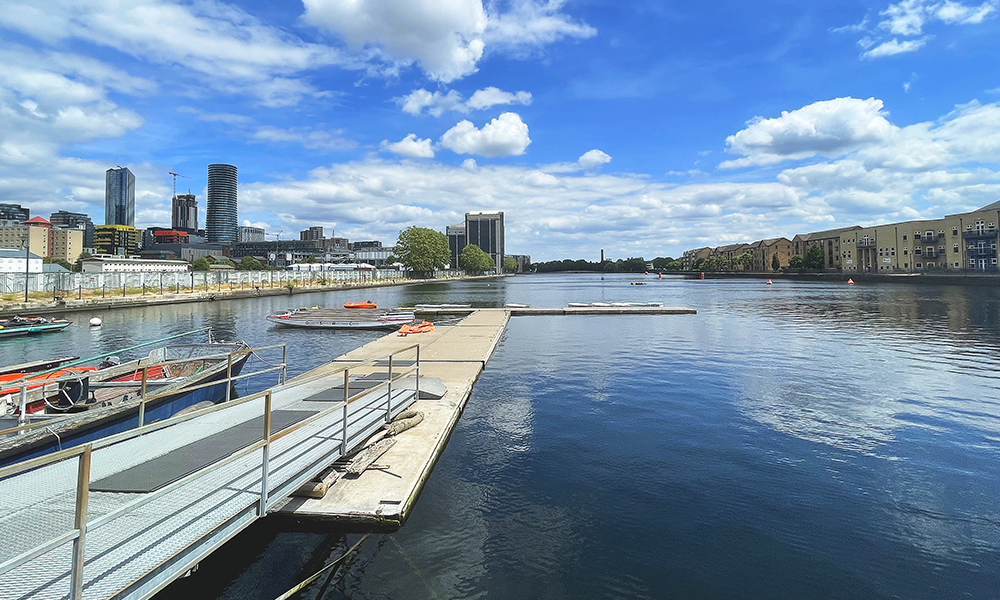
“We believe in safety all day, every day and we always have instructors on or watching the water.
“Our safety boats are always rigged and ready to go so we can get from one end of the dock to the other in under a minute if we need to, although it’s very rare for kids or adults get into a situation that they can’t sort out themselves.
“Everybody wears a buoyancy aid and there are no exceptions to that rule apart from the open water swimmers who are also based here.
“The water itself is very clean – we check it regularly and I can confirm I’ve been in and out of the water since the age of nine and have managed to survive.
“For me it’s close to home, of course, but the reason I keep coming back is that the people are really lovely – it’s a great environment.
“Some of our adult racers have been coming for many years too – I was racing against them when I was a kid – it’s just such a nice place to be.
“We’re very reasonably priced and, compared to similar places nearby, we have the greatest variety of boats and offer the most sessions on the water.”
While an injury at 16 curtailed Leila’s solo career she has since moved on to sailing racing yachts as part of a team.
In addition to competition and recreation, her experience with boats has also opened doors for her academically.
“As an ocean scientist, the sailing has helped me a lot,” she said.
“I spent all of January and most of February on a yacht in Turkey doing some research and I only got that opportunity because of my skills as a sailor.
“The project was for people doing PhDs, but they needed somebody who could handle a boat and there have been a few things like that.
“A surprising number of people who study the ocean don’t have sailing skills, so it’s been really useful.”

Leila has started taking her nieces and nephews out at the centre too in the hope that they might follow in her footsteps, admitting that her siblings are not water people.
However, while there are all kinds of craft piled high in its yard, DWSC is about more than the activities on the dock itself.
“We have a bar upstairs that’s usually open from 5pm on weekdays and from 1pm at weekends as well as a Tiki Bar downstairs, which is very exciting,” she said.
“We also have a space that can be hired for weddings and birthdays or any kind of party along with the bar.
“We do corporate events too such as team building, where companies can hire the whole site – we do activities such as dragon boat racing, which is a great thing to do with colleagues paddling together.”
Sit-on kayaks and paddleboards can be hired for £15 for non-members and £5 for members.
A full list of activities and prices can be found on the centre’s website alongside booking links.
Read More: How Leo Weisz Therapy offers rapid, in-depth help
Read Wharf Life’s e-edition here
Subscribe to our Wharf Whispers newsletter here
- Jon Massey is co-founder and editorial director of Wharf Life and writes about a wide range of subjects in Canary Wharf, Docklands and east London - contact via jon.massey@wharf-life.com
